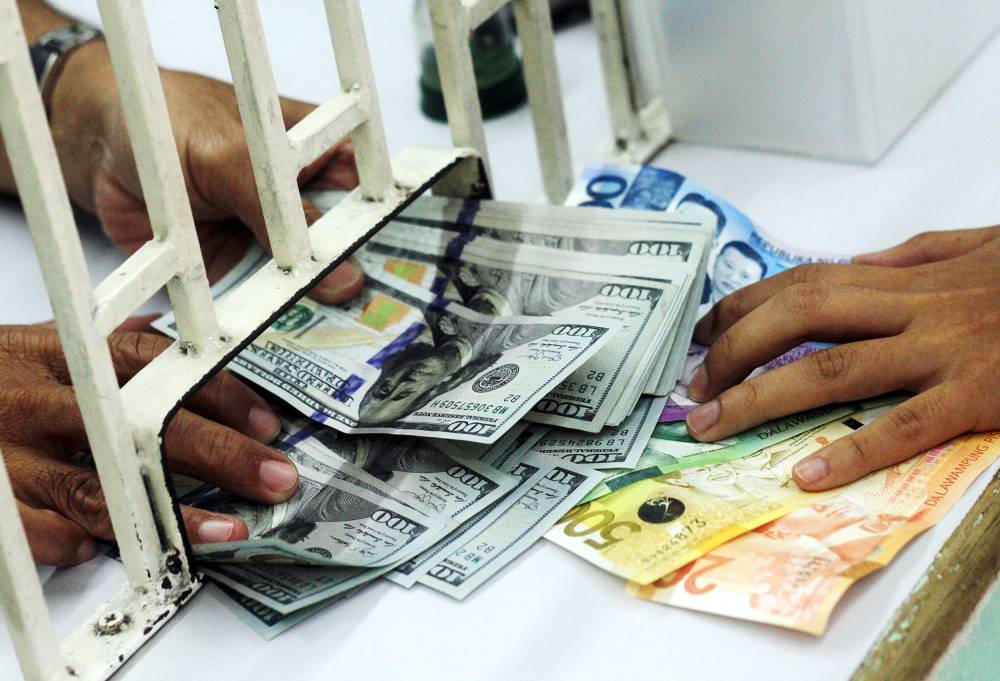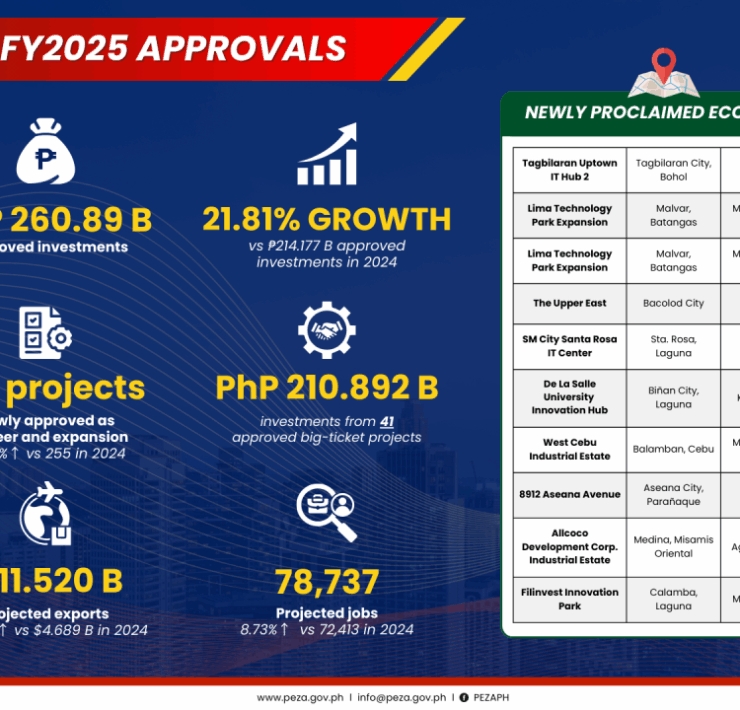Weaker peso curbed remittances in Nov

Money sent home by Filipinos abroad fell to the lowest level in six months in November 2024, as a weak peso allowed overseas workers to save on their cash transfers.
Latest data from the Bangko Sentral ng Pilipinas (BSP) showed that cash remittances coursed through banks had amounted to $2.81 billion in November.
While that marked a 3.3-percent growth compared with a year ago, figures showed the November remittances were the smallest since the $2.58-billion inflow back in May 2024.
In the first 11 months of 2024, cash transfers from Filipinos overseas amounted to $31.11 billion, up by 3 percent. The BSP had projected remittances to grow by 3 percent last year to $34.5 billion.
More pesos for their dollars
Leonardo Lanzona, economist at Ateneo de Manila University, said expats might have taken advantage of the sharp depreciation of the local currency, which can increase the peso value of remittances. This, he explained, allowed senders to save some money ahead of the holiday season.
“I think that remittances may have really gotten lower as the overseas worker or relative can be saving for [his or her] own needs for December and the coming months. The peso experienced a depreciation, indicating more pesos for the same foreign currency,” Lanzona said.
“The senders may have figured out that they don’t need to send more of their money to meet the needs of their family here,” he added.
Trump 2.0 effect
It may be recalled that the Philippine peso had revisited the record-low 59:$1 level thrice last year amid expectations that US President-elect Donald Trump’s tariff threats could stoke inflation stateside, a development that can slow the ongoing easing cycle of the US Federal Reserve.
A shallower easing in the United States, in turn, might prevent the BSP from cutting the local policy rate at a much faster pace to prevent too much peso volatility.
But despite the expectations of fewer rate reductions, some observers still expect the local currency to post a new record low this year as the dollar continues to enjoy safe-haven demand.
BSP data showed the United States was the biggest source of remittances in the first 11 months of last year with a 40.9 percent share. This was followed by Singapore (7.1 percent) and Saudi Arabia (6.3 percent).





















